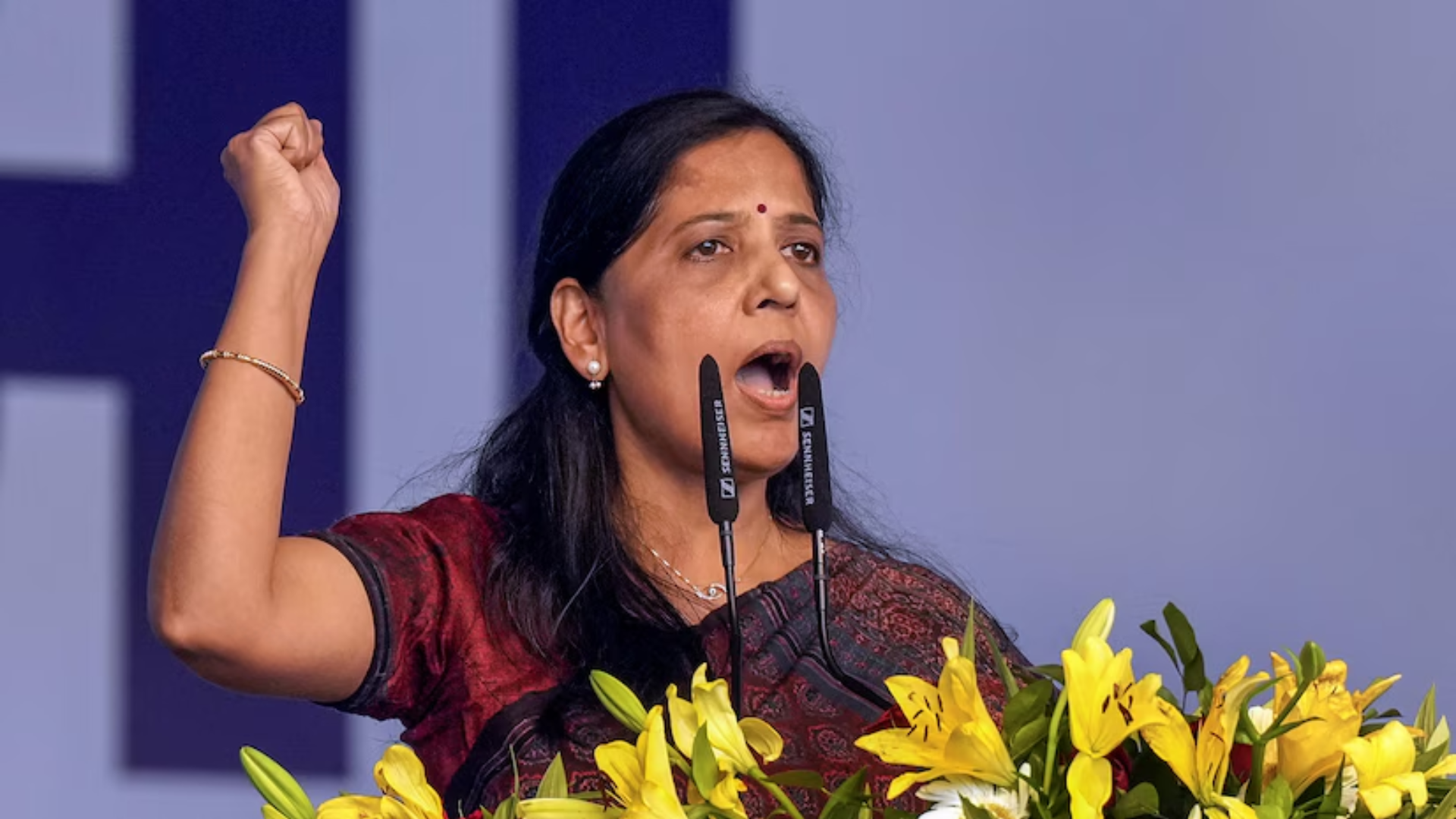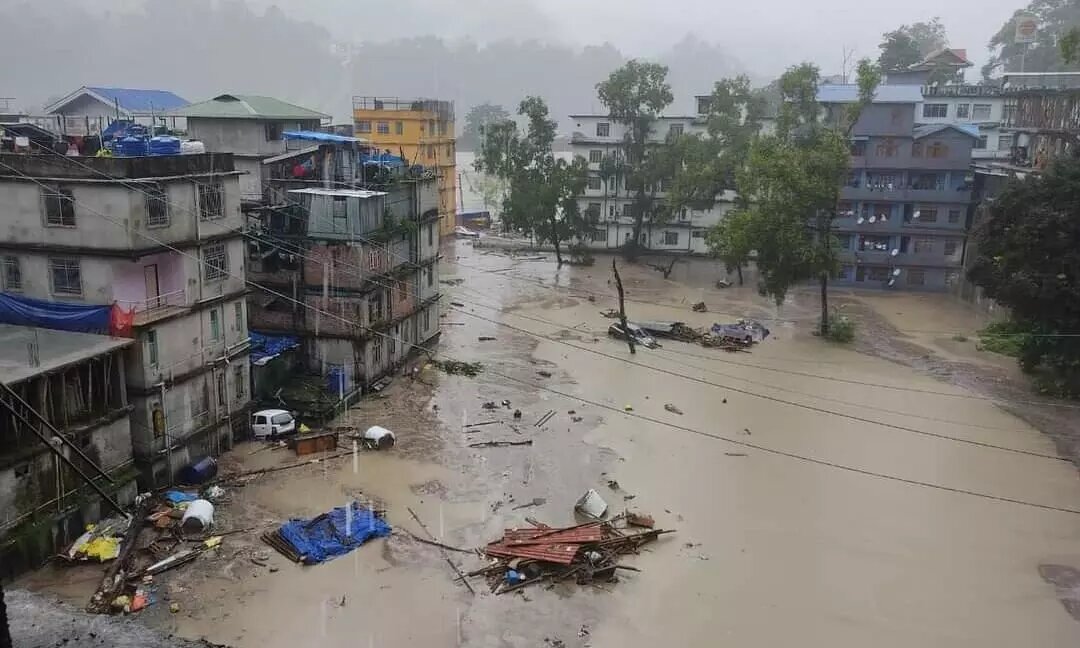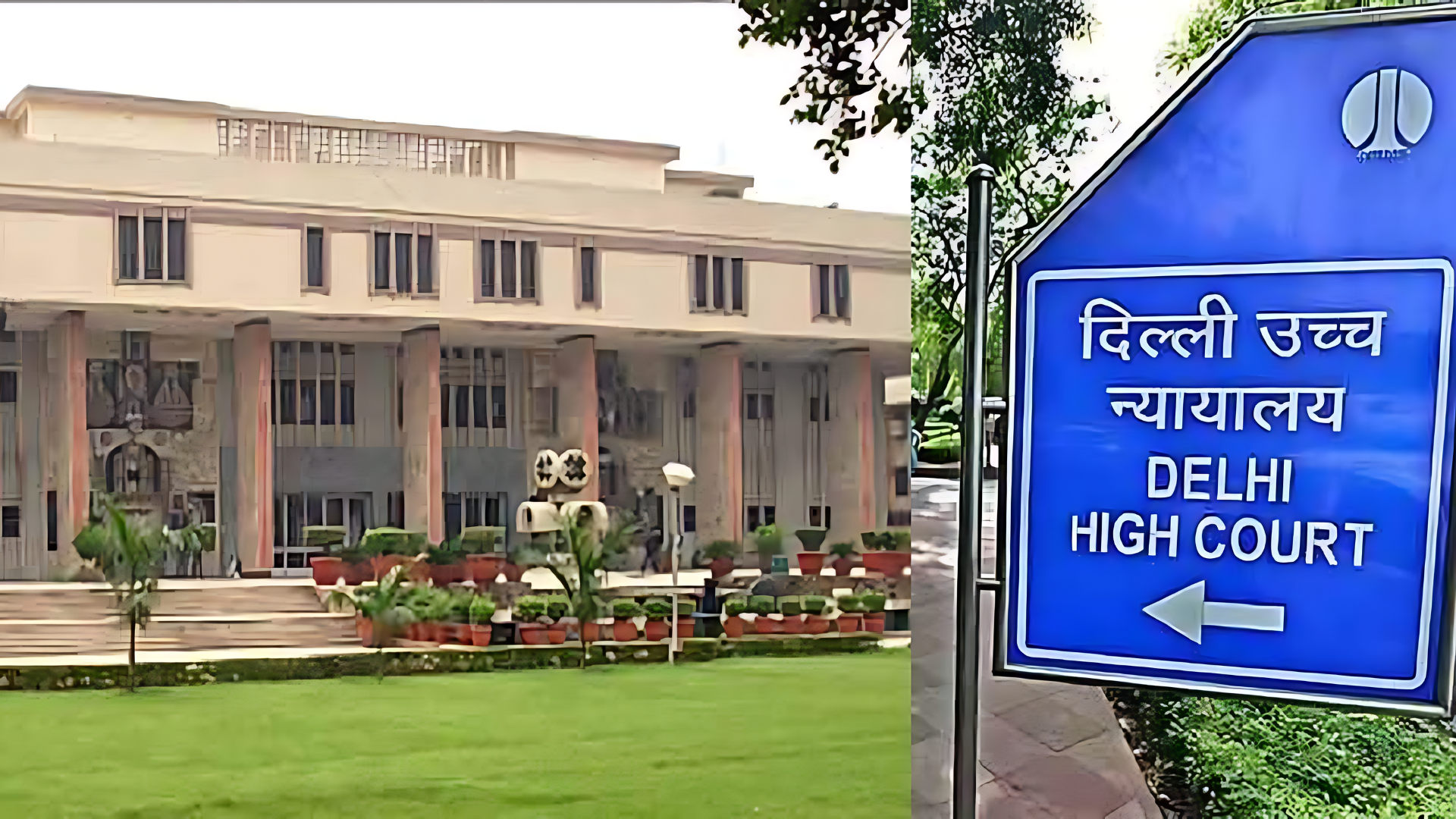










Sikkim Chief Minister Prem Singh Tamang voiced his concerns on Saturday, attributing the majority of the damage caused by flash floods in the Teesta River to the breach of the 1200 MW dam in Chungthang, located in the State’s Mangan district. He alleged substandard construction work by the previous state government.
Tamang stated that the most significant destruction occurred after the Chungthang Dam ruptured, emphasizing that had the dam been constructed properly with adherence to standards, it could have better controlled the force of the water.
The Chief Minister visited flood-affected areas and relief camps in Naga Village, Mangan, to assess the situation and engage with affected residents. He announced the formation of a committee to investigate the matter, seeking assistance from Central agencies to ensure that those responsible face consequences.
The flash flood crisis was triggered when the Lhonak glacier in the Sikkim Himalayas burst and overflowed, breaching one side of the lake on October 3, leading to rising water levels in the Teesta River and widespread inundation in the state.
Tamang provided insights into the preparations for the First Crew Module for Gaganyaan test flight, detailing the development of the Test Vehicle (TV-D1), which is designed for abort missions. This test aims to simulate abort conditions during the ascent trajectory, mirroring conditions expected in the Gaganyaan mission.
The Chief Minister also disclosed that schools in Rangpo and Singhtham districts were closed until October 15 due to their vulnerability, while schools in West Sikkim remained open.
He acknowledged the support and inquiries from President Droupadi Murmu, Prime Minister Narendra Modi, and Union Home Minister Amit Shah, emphasizing that the Government of India was providing substantial aid and assistance to address the crisis.
Tamang underscored the immediate priorities of rescuing stranded individuals and restoring electricity and water supply. He provided updates on the number of casualties, missing persons, and the extensive relief efforts and relief camps in operation.
According to the Sikkim State Disaster Management Authority (SSDMA), as of October 6, there were 26 reported deaths and 142 people still missing, with thousands rescued and numerous houses damaged.
Tamang emphasized the formation of a committee to assess the extent of the damage and the allocation of relief funds to disaster-stricken areas. He also announced ex gratia payments for the families of the deceased and temporary relief for those taking shelter in relief camps.
Additionally, the Sikkim Government is offering subsidies to individuals transporting essential commodities to ensure fair prices and prevent price inflation due to longer travel routes.
Tamang warned against stockpiling and overcharging of goods, with strict penalties for violators. He emphasized the government’s commitment to restoring road and network connectivity in affected regions and praised the efforts of personnel and volunteers engaged in rescue and relief operations.
The glacial lake outburst flood and flash floods caused a sudden surge in flows in the Teesta River, washing away bridges, parts of NH-10, the Chungthang Dam, and impacting various towns and infrastructure projects in Sikkim. Relief efforts have been established in several locations, with the Indian Army and paramilitaries aiding areas with limited connectivity like Chungthang.
Also Read: ISRO To Begin Unmanned Flight Trials for Gaganyaan Mission
Catch all the Latest Business News, Breaking News Events, and Latest News Updates on NewsX









